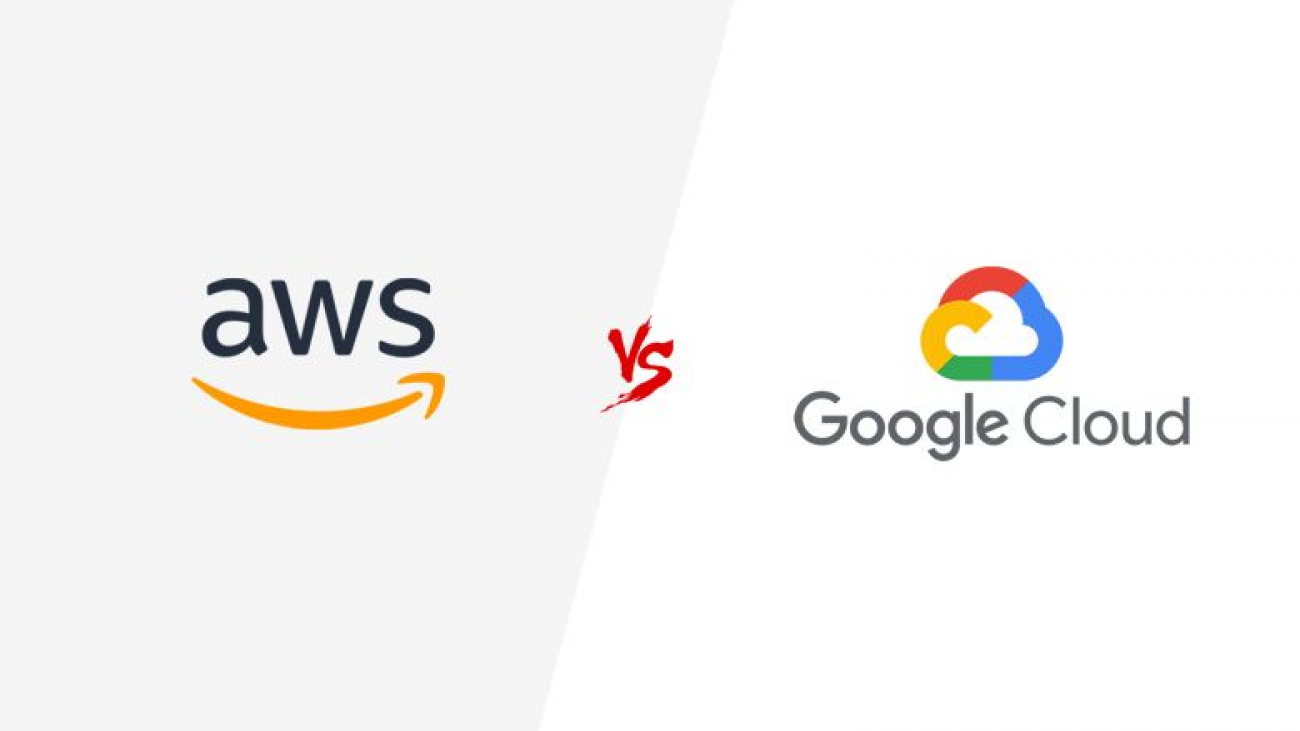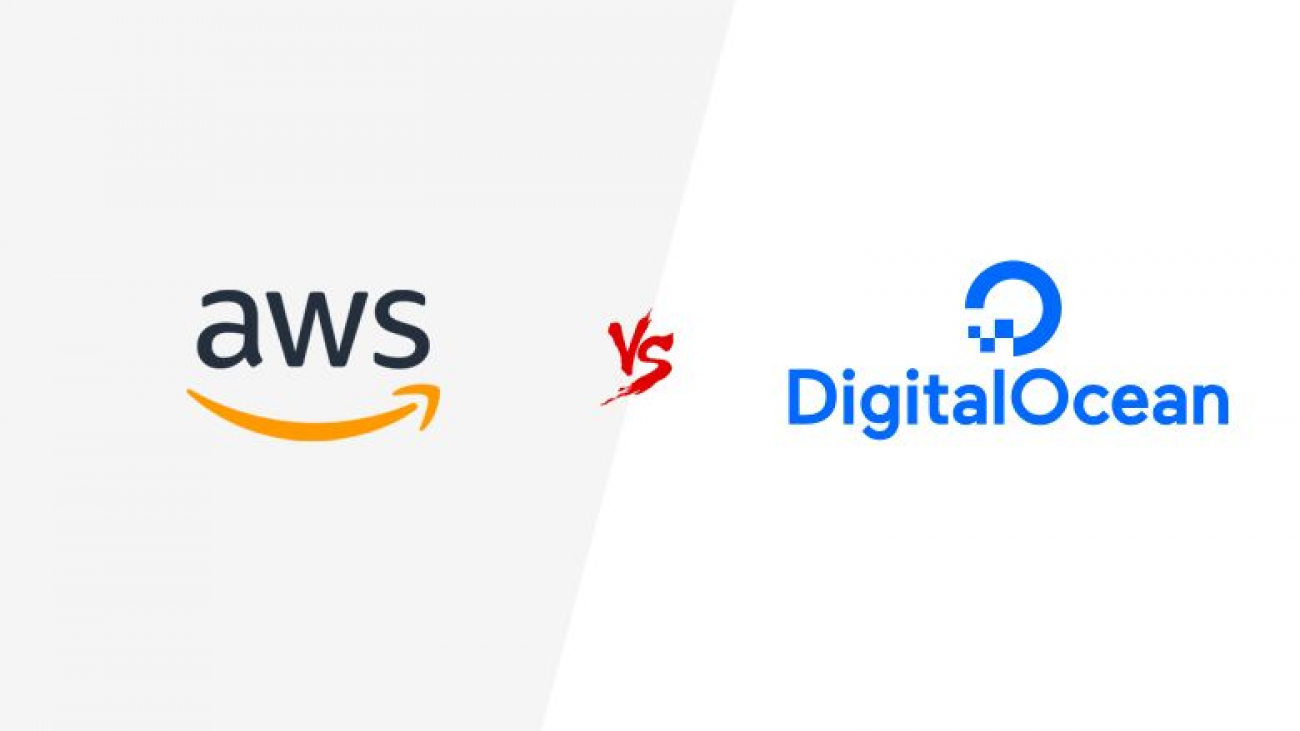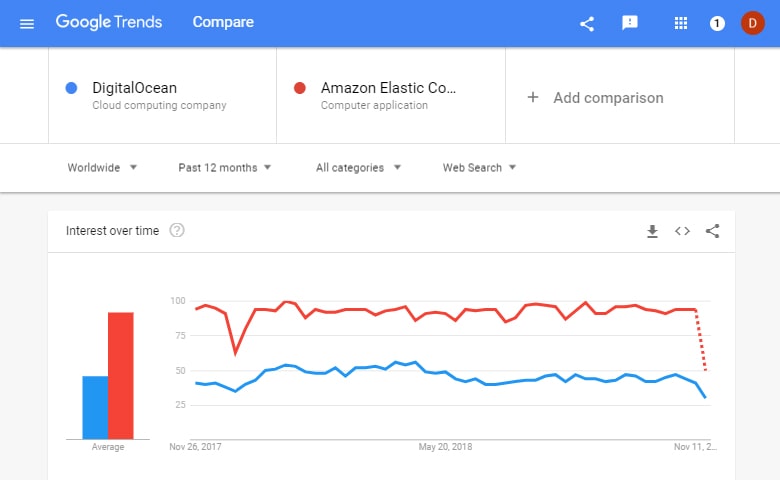Here comes the heavyweights, Amazon AWS EC2 vs Google Cloud Platform Compute Engine.
Which of these two Cloud Hosting giants do really deserve the title of the best.
But no matter who wins between these two, one thing is for sure. When it comes to the best Cloud Hosting service providers, these two are definitely on the top of the food chain.
You may agree with me in this or not. But I really think that Cloud Hosting is really the future of hosting.
The prices are getting lower and the ability to select a data center to put your website into is just too much of an advantage to ignore now.
Most of the serious WordPress website owners are also switching to either the cloud or the managed WordPress hosting.
Now let’s dive into comparing these two Cloud Hosting giants side-by-side.
Here is Amazon AWS EC2 vs Google Cloud Platform Compute Engine. Cloud Hosting Giants Duel Commence!
1. Purchasing Experience
I am including this here just because I notice some major differences between the two when I signed up to them.
First is let us begin with Amazon AWS EC2 or simply Amazon EC2.
Before you could subscribe to Amazon EC2, you will first need an Amazon Account. So I signed up for an Amazon Account and got into the step where I need to put my Credit Card number.
After inputting my Credit Card number I am then redirected to a page where they will need to call you. And you will then input the PIN shown on your monitor screen.
I did this step 2 times in a row but it keeps saying I typed a wrong PIN. Which is kind of annoying as I was typing exactly what is shown in the screen.
So I research about it for a bit on how to solve it and I arrived in a suggestion that I need to contact support.
After contacting support I am then able to have a chat with one of their support. Who then later called me so we can proceed with manual verification instead.
All in all this solved my issue but whew that was something else. I did not expect that kind of hassle from a well known company.
Another thing is Amazon charged me a dollar in my Credit Card. But I am not sure where that is now as they definitely did not give it back.
As for the Google Cloud Platform Compute Engine or simply Google Compute Engine.
The purchase experience is way better. In order to use the Google Compute Engine, you will still also need a Google Account.
But since I already have one I just simply needed to go to the Google Cloud Platform website.
I still needed to input my Credit Card number but that was it. My purchase experience from them was a super awesome.
They also charged me a dollar but credited it back to me almost instantaneously.
Google Cloud Platform gave the best purchasing experience hands down!
2. Regional Availability
One of the top most reasons a web owner switch to cloud hosting. Is so they can take advantage of being able to choose a data center where they can put their website into.
The main reasoning behind this is that you are supposed to place your website into a data center which is close to your target market.
For instance if your target market are the people from California then find a cloud hosting that has a data center located near or better right in California.
This way your website will load really fast to any visitor coming from California as their network is very close to your server.
One more thing, if you have a multiple target markets and you want your website to load fast for all of them. Then you can actually host your website in multiple data centers and just use a load balancer service to direct the traffic to the nearest data center.
Such is a beauty of cloud hosting!
Both the Amazon EC2 and Google Compute Engine has a lot of data center worldwide.
The Amazon EC2 is available to 20 regions while the Google Compute Engine is available to 18 regions.
Amazon EC2 Available Regions:
- US East – Ohio, N. Virginia
- US West – N. California, Oregon
- Asia Pacific – Mumbai, Osaka-Local, Seoul, Singapore, Sydney, Tokyo
- Canada – Central
- China – Beijing, Ningxia
- Europe – Frankfurt, Ireland, London, Paris
- South America – São Paulo
- AWS GovCloud – US East, US West
The AWS GovCloud is only available to government agencies. So if your website is not a government website then you can only choose between the 18 other regions.
Google Compute Engine Available Regions:
- Asia East – Changhua County, Hong Kong
- Asia Northeast – Tokyo
- Asia South – Mumbai
- Asia Southeast – Jurong West
- Australia Southeast – Sydney
- Europe North – Hamina
- Europe West – St. Ghislain, London, Frankfurt, Eemshaven
- NA Northeast – Montréal
- SA East – São Paulo
- US Central – Council Bluffs
- US East – Moncks Corner, Ashburn
- US West – The Dalles, Los Angeles
As you can see both the Amazon and Google did a good job in rolling out a good number of data centers for us to choose from.
So make sure to place your website in a data center closest to your target market.
3. Product Offerings
Both the Amazon EC2 and Google Compute Engine call their virtual machine installations as instances.
So everytime I says instance this pertains to the configurable virtual machine installation.
Being a cloud hosting giants that these two basically are. They both offer a wide range of instance types for you to choose from.
Aside from your common instance configurations which only consists of vCPU, RAM, Storage and Bandwidth.
They both also offer other instances types that has GPUs, network speed of up to 25 Gbps or even allow you to configure your own instance.
Here are the complete list of instance types both companies offer.
Amazon EC2 Instance Types
- General Purpose
- Compute Optimized
- Memory Optimized
- Accelerated Computing
- Storage Optimized
Google Compute Engine Instance Types
- Standard Machine Types
- High-Memory Machine Types
- High-CPU Machine Types
- Shared-Core Machine Types
- Memory-Optimized Machine Types
- Custom Machine Types
Right now Amazon EC2 instance types has more configuration options under them. So if you are alright with reading through each pre-defined configurations. You should be able to find you perfect machine configuration in no time.
Google Compute Engine has far less configuration options under each of their instance types. Which is why I think they added the Custom Machine Types to make up for their lack of options.
Using this option, you will be able to build a virtual machine with configurations of your choosing.
All-in-all, whatever your company or enterprise needs are. Both Amazon EC2 and Google Compute Engine should be able to accommodate them.
One thing though, if your company or enterprise requires a cloud hosting with network speed of up to 25Gbps. I think your only option right now is the Amazon EC2 as some of their instance types offers this.
I tried to find information on Google Compute Engine support in this but cannot find any at the moment.
4. Management Console
The management console or simply console is basically the shared hosting control panel equivalent on cloud hosting.
Basically it is the backend of your cloud hosting where you will be able to install or configure your virtual machine.
In terms of console user interface, I got to say that both the Amazon Web Services and Google Cloud Platform consoles look really neat.
Here is how the Amazon Management Console looks like.
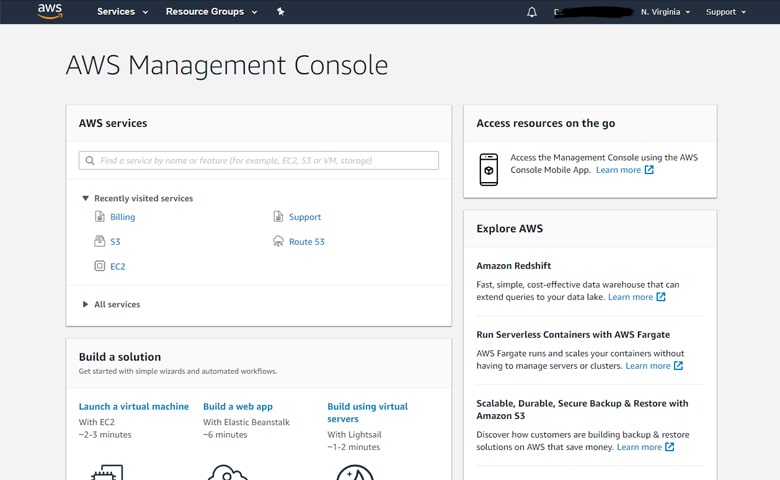
And here is how the Google Cloud Console.
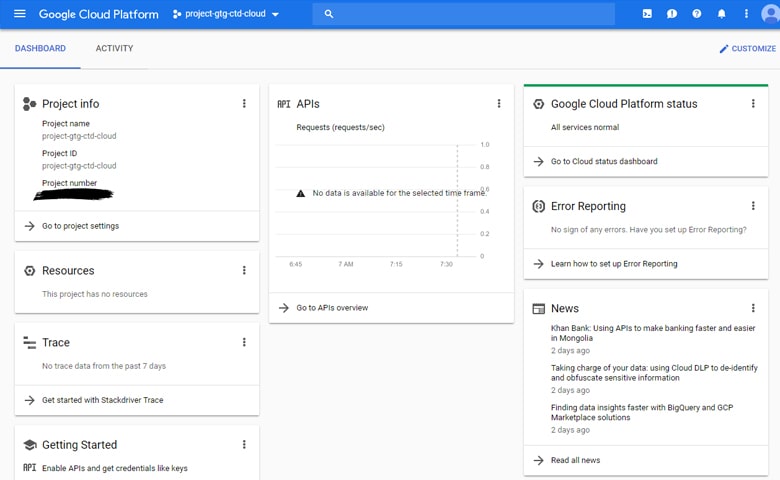
Both of them has a search box so you can easily search for a service you want to go to.
You can also find their guide links if you ever want to read through them at the bottom side of the page.
The Google Cloud Platform console provides you with some useful graphs while the Amazon Web Services console shows you your last visited services so there is an advantage for each of them.
All-in-all they both did great on this category and not making their console too cluttered.
I was actually expecting a page with so much links to go to when I logged in to their consoles but was surprised at how tidy they both are.
This is definitely great for website owners who are just new to cloud hosting. So they will not be intimidated by too many links or buttons at all.
5. Creating an Instance
Now let us find out how easy or hard it is to launch or deploy an instance in both Amazon EC2 and Google Compute Engine.
For instance you want to launch or deploy an instance with WordPress already installed in it.
To do this in Amazon EC2 all you have to do is go to the AWS Marketplace.
No need for you to go to the console. Just go to the marketplace link directly. There is also no need for you to launch an instance beforehand as this will automatically create one on the Amazon EC2.
Type WordPress on the search box and press Enter. You will then be shown these results.
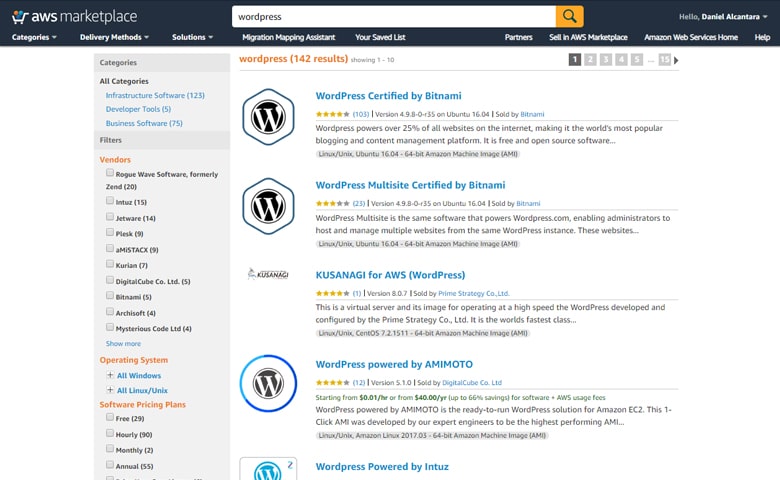
Just choose which WordPress build you want to use then click on its name. For instance if you want to use the WordPress build by Bitnami which is the first result.
Click on it. Then you will be redirected to this page.
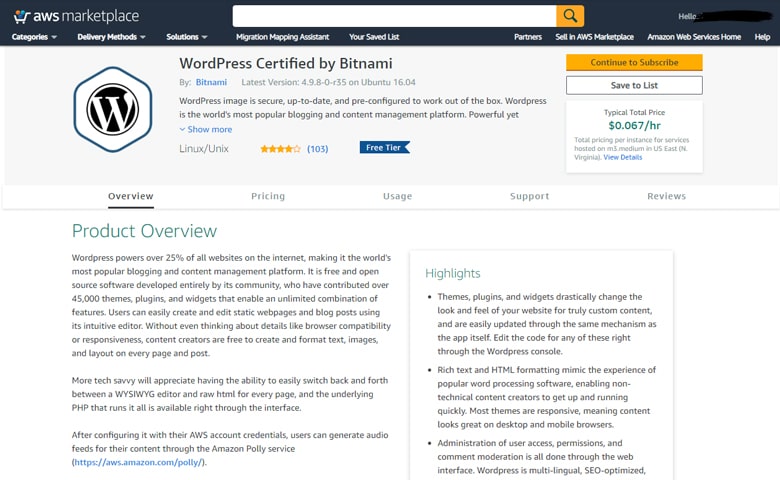
In order to proceed and install this WordPress build and create an instance.
Just click the orange button on the top right corner named Continue to Subscribe.
That is it! Just accept the terms in the next step then proceed to configuring and launching your instance in the following steps.
As for Google Compute Engine. The process is pretty much the same.
First is go to the Google Cloud Marketplace.
Again, no need to go to the console. Just go to the marketplace link directly. The Google Cloud Compute Engine instance will also be automatically generated by following the steps.
Type WordPress on the search box and you will shown these results.
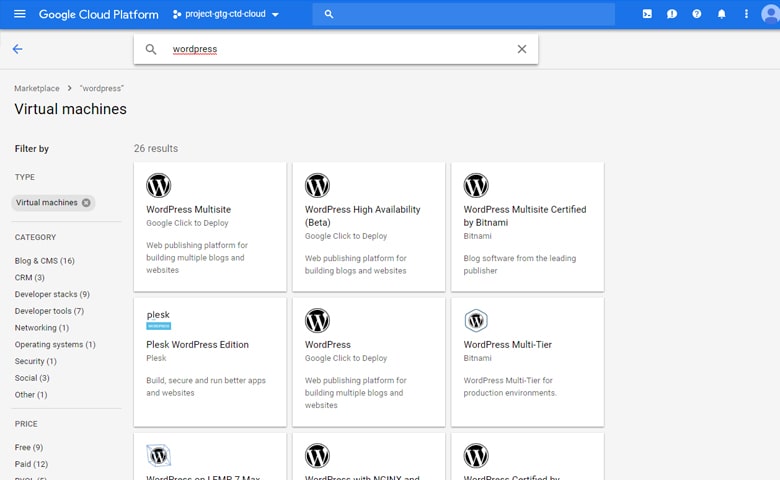
Choose the WordPress build you would want to install by clicking on the name of the build.
For instance let us choose the WordPress Click to Deploy build.
You will then be redirected to this page.
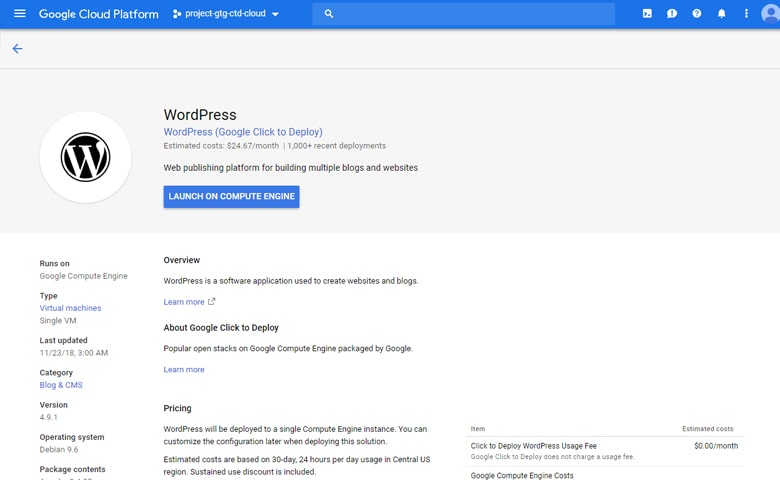
Just click the Launch On Compute Engine button to start the installation.
You will then be redirected to a page where you will need to configure your instance.
That is it! Once you configured your instance just click the deploy button.
If you want a comprehensive look on the step-by-step instance setting up process in Google Cloud Platform. You might want to check out my How to Start a Blog with Google Cloud Platform article.
In my opinion both Amazon and Google really did great job on how easy it is to install a popular software like WordPress in their instances.
Though I would give the win on Google Compute Engine on this one as the process is only done in 3 pages on them. While it takes over 6 pages to be done on the Amazon EC2.
One more thing is I do not understand why the WordPress by Bitnami requires a minimum of m3.medium instance type in Amazon EC2.
For reference, this minimum recommended configuration by Amazon EC2 costs $48/month. This is double the price of WordPress in Google Compute Engine which only costs $24/month.
6. Pricing
Both Amazon EC2 and Google Compute Engine run on an on-demand type of subscription.
This means that you only need to pay the hours that your server is running.
In order to find out which is cheaper let us find a data center which is present on both the Amazon EC2 and Google Compute Engine region list.
We do not have to look further as their first region is actually both North Virginia. So let us proceed on comparing their prices for North Virginia.
For Amazon EC2, the North Virginia minimum pricing is:
- Instance – t3.nano
- vCPU – 1
- Memory – 0.5GiB
- Price – $0.0052/hour
- Monthly Price – $4.25/month
As for Google Compute Engine:
- Instance – f1-micro
- vCPU – 1
- Memory – 0.6GB
- Price – $0.0086/hour
- Monthly Price – $4.37/month
As you can see, their prices are pretty much the same. The hourly and monthly of Google Compute Engine is a bit higher but it comes with a higher memory size.
Now let us go a bit higher. For instance you own a medium size company who needs two vCPUs and around 8GB of RAM.
The closest Amazon EC2 offers to this is:
- Instance – t3.large
- vCPU – 2
- Memory – 8GiB
- Price – $0.0832/hour
- Monthly Price – $60.91
As for the Google Compute Engine:
- Instance – n1-standard-2
- vCPU – 2
- Memory – 7.5GB
- Price – $0.1070/hour
- Monthly Price – $54.68
As you can see even though the Google Compute Engine per hour charge are higher. They make up to it by charging less if you keep your server up for the whole month.
All-in-all I still think that their prices are pretty much close to each other.
One last thing, speaking of pricing. Both Amazon Web Services and Google Cloud Platform offers a 12 month free usage. So you can actually host your website on each of them free for 12 months if you want to.
7. Support and Documentation
I am happy to say that the support for both Amazon Web Services and Google Cloud Platform are both excellent.
I myself had an experience where I am able to get a support assists me within 10 minutes of contacting them.
However, when it comes to technical support. You will need to cough up some dough to get continuing technical support.
Basically these two companies offers several support plans and only if you subscribe to one of them will you be getting technical support.
The minimum plan to get access to technical support in Amazon Web Services is $29 while it is $100 for Google Cloud Platform.
And those are only technical support through web emails. If you want to get technical support through chat and phone. You would need to get a higher plan which comes with higher cost.
I honestly do not blame them though. Basically the supports that you will be talking to are highly intelligent about the technical aspect of the cloud.
The way I see it and I think the way they also see it. Is that these support prices are nothing compared to you getting a computer course and spending 5 years in college so you could just solve the technical issue yourself.
As for documentations, I mean I got nothing to say but they are great. Both Amazon and Google did a great job as both the Amazon EC2 and Google Compute Engine are both well documented on their websites.
Aside from their step-by-step guides on how to do stuff. You could also simply search in Google and you will definitely find several websites with the answer to your question.
8. Who is Winning?
Well let us just immediately jump to the Google Trends result and discussed what really is going on here.
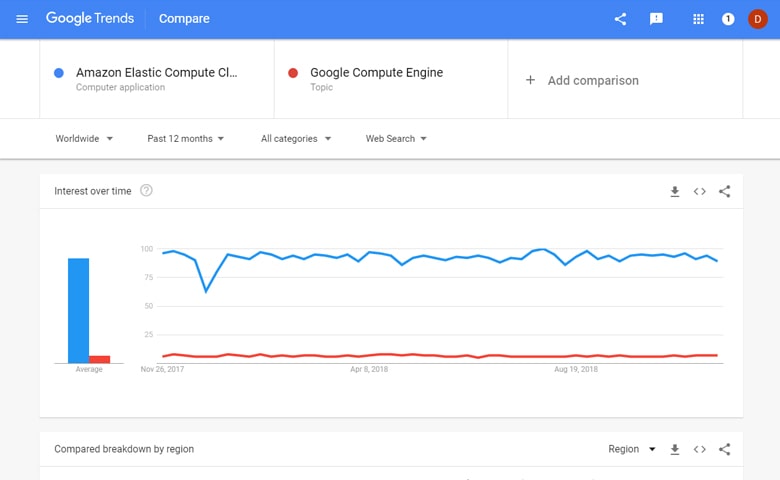
Well as you can see, the Amazon AWS EC2 is killing it right now or are they really?
The DigitalOcean even performs way better than the Google Compute Engine in my DigitalOcean vs Amazon AWS EC2 comparison.
This graph really got me banging my head on the wall as to why the Google Compute Engine popularity is so low.
Later on, it dawned on me. Maybe, just maybe, people are just not familiar with the term Google Compute Engine.
Maybe they search the more familiar term which is Google Cloud Platform.
So I did another Google Trends comparison and got these results.
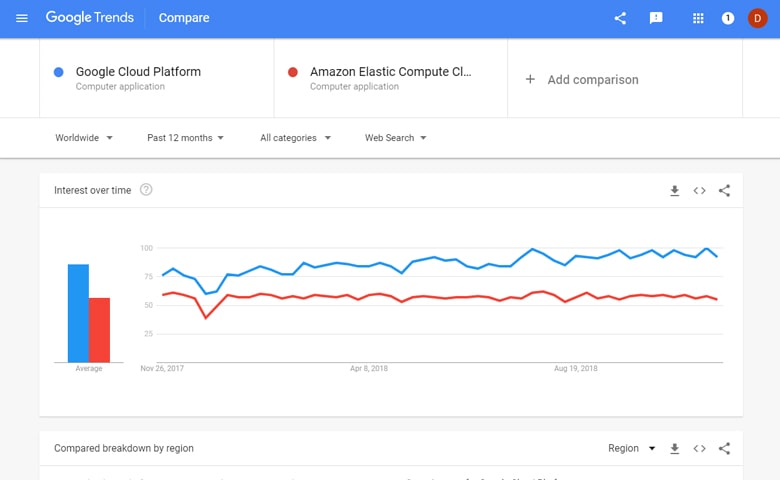
Now this is more like it. It is just that people searching are automatically assuming that Google Cloud Platform is equal to Google Compute Engine.
I mean for me basically I think the heart and soul of the Google Cloud Platform is most likely the Google Compute Engine.
The graph now even shows that the Google Cloud Platform is actually more popular than the Amazon EC2.
I tried comparing the Amazon Web Services vs Google Cloud Platform but the result is also one sided. So I think the graph above represents the most accurate popularity rating comparison between these two.
So does this mean that Google Compute Engine is winning compared to Amazon EC2?
Honestly, I do not think so. I would say yes if the graph shows that the popularity of Google Compute Engine is going upward.
But since this is not the case and both of them are just maintaining the same level of popularity consistently. Then we cannot really say who is winning right now.
Conclusion
If you are still thinking whether to go with Amazon EC2 or the Google Compute Engine.
Then I am happy to say that there is really no wrong choice here.
However we could narrow down your choices by a few categories.
For instance if your target audience location only has data center on Amazon EC2 then go with Amazon EC2. The same thing goes for the Google Compute Engine.
It is imperative that you place your website in a data center close to your target market.
Next is if your business requires a cloud hosting that has a network speed of up to 25Gbps. Only Amazon EC2 instances offers this right now so go with Amazon EC2.
If you are a small website owner or starter blogger that wants to start using cloud hosting but is kind of short on budget.
Then you might want to checkout my DigitalOcean vs Amazon EC2 article. You might just be able to afford DigitalOcean.

